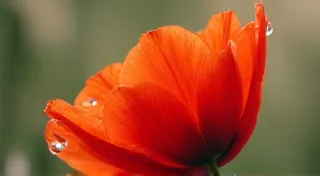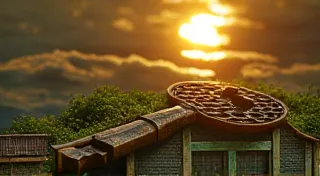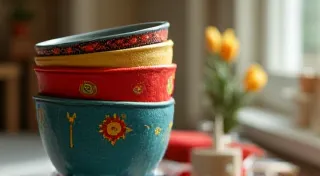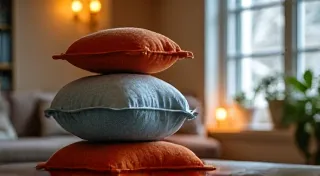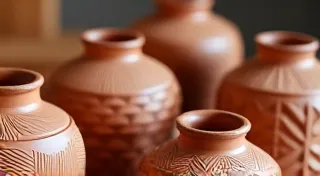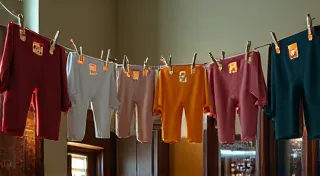The Cartographer's Atelier: Mapping Memories Through Miniature Worlds
There’s a particular kind of magic that resides within small, enclosed spaces – the sort of magic you find in antique music boxes, in meticulously crafted dollhouses, and, increasingly, in the world of miniature dioramas and shadow boxes. These aren't just decorative objects; they’re vessels for memories, fragments of stories, and whispered aspirations. They’re miniature universes, carefully curated to evoke emotions and transport us to places – real or imagined. This article explores the art of creating these captivating miniature worlds, championing their power to transform a house into a home brimming with personality and poignant storytelling.
The impulse to create miniature representations of the world is as old as humankind. From ancient Egyptian shrines to Renaissance automata, the desire to encapsulate reality in smaller, more manageable forms has always been a powerful creative force. Think of the exquisite detail found within antique snow globes, or the painstaking recreations found in model railroad layouts – all testaments to the human fascination with miniaturization.
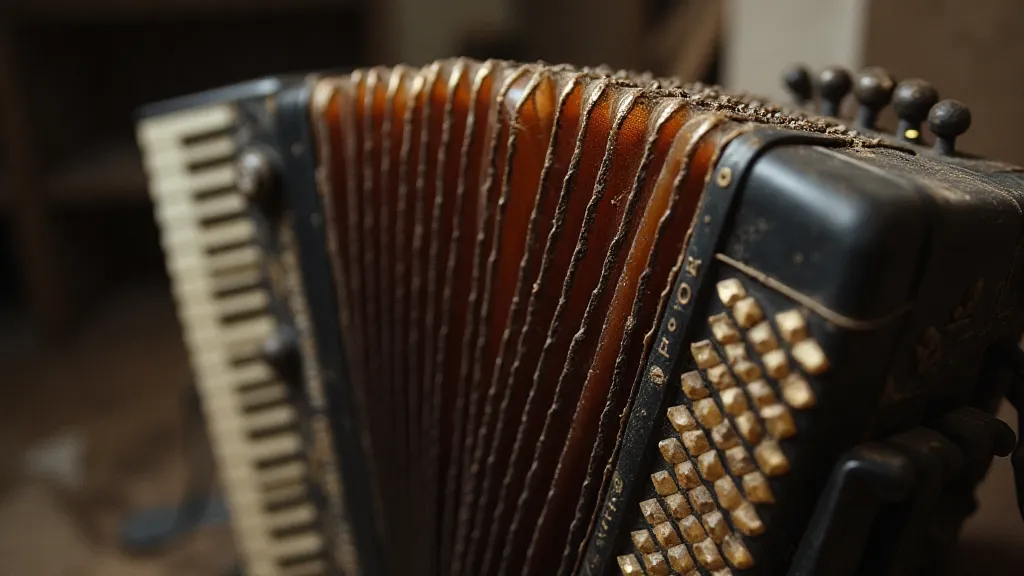
More Than Decoration: Tiny Universes, Big Stories
What distinguishes a beautifully arranged shelf from a truly *impactful* home decor element? It's often the narrative it conveys. A series of framed prints might look nice, but a miniature diorama depicting a beloved childhood vacation – a tiny beach scene with a meticulously crafted sandcastle and miniature figures – is infinitely more evocative. It's not just about visual appeal; it's about emotional resonance.
These miniature creations offer a unique avenue for self-expression. Perhaps you want to recreate a scene from a favorite novel, build a tiny replica of your grandparents' farm, or simply create an abstract landscape that reflects your inner world. The possibilities are limited only by your imagination and the care you put into the process.
The Foundation: Building Your Miniature World
The construction of a diorama or shadow box typically begins with a sturdy base. Shadow boxes are readily available in craft stores, offering a convenient starting point. If you're aiming for a larger or more custom piece, you can easily build a box from wood, plywood, or even reclaimed materials. The key is to ensure it's well-sealed to protect the contents from dust and moisture.
Next comes the landscape. For a woodland scene, layers of foam board or cardboard can be sculpted to create hills and valleys. Sand, soil, moss, and small pebbles can be adhered to the surface to mimic natural terrain. For urban scenes, miniature buildings can be constructed from balsa wood, cardboard, or even repurposed packaging. Patience and attention to detail are paramount. Remember, it’s the small things – the texture of the bark on a miniature tree, the placement of a tiny flower – that contribute to the overall realism and charm.
Sculpting Miniature Figures and Incorporating Found Objects
The figures that inhabit your miniature world are its storytellers. While commercially produced miniature figures are readily available, many creators find great joy in sculpting their own. Polymer clay, such as Sculpey or Fimo, is an excellent medium for sculpting miniature figures, allowing for a remarkable level of detail. Even simple shapes, carefully painted and posed, can convey a surprising amount of character.
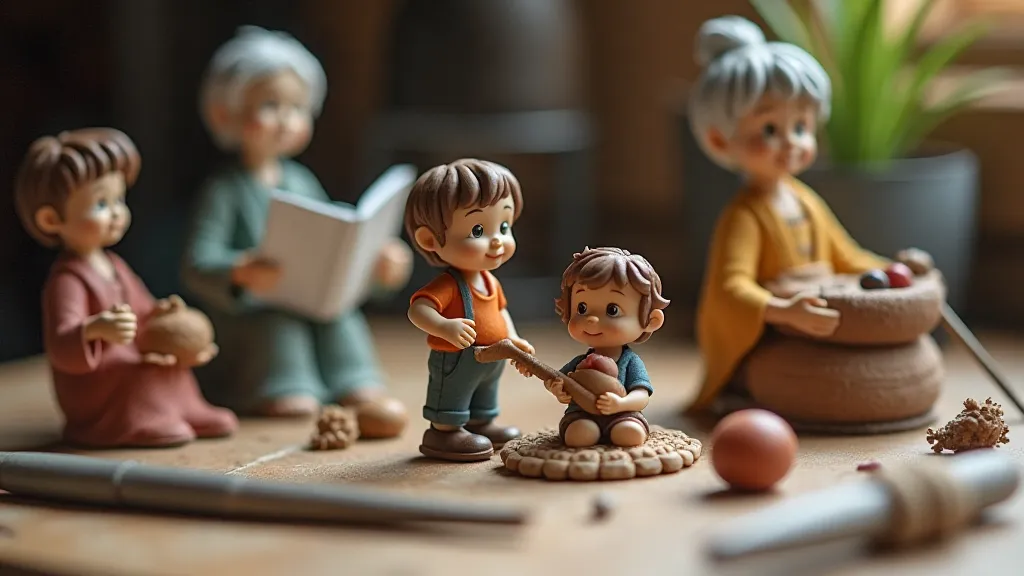
But the beauty of these miniature worlds often lies in their use of found objects. A rusty button can become a vintage car, a shard of sea glass can represent a precious gem, and a dried flower can become a symbol of fleeting beauty. These unexpected elements add layers of narrative depth and visual interest, transforming the diorama from a mere representation into a personal and meaningful artifact.
Historical Context: The Allure of the Miniature
The creation of miniature representations has a rich history. In Victorian England, elaborate miniature rooms and dollhouses were a popular pastime for wealthy families, showcasing their taste and social standing. These miniature creations were often incredibly detailed, featuring tiny carpets, wallpaper, and even miniature portraits. They served as both decorative objects and showcases of craftsmanship.
Even older traditions, such as the creation of miniature shrines in Japan, demonstrate the long-standing human desire to encapsulate sacred spaces in smaller, more accessible forms. The reverence for detail and the commitment to realism are recurring themes throughout the history of the miniature.
Preserving and Collecting: A Glimpse into the Past
For those interested in collecting antique miniatures, there’s a vast and fascinating world to explore. From elaborate dollhouses to miniature furniture and figurines, the possibilities are endless. Condition is, of course, key. Look for pieces that retain their original paint and hardware, and avoid pieces that have been heavily damaged or altered.
Restoration of antique miniatures can be a rewarding endeavor, but it's crucial to proceed with caution. Using the correct materials and techniques is essential to preserve the integrity of the piece. Researching the original construction methods and finishes is often necessary. It’s also important to remember that some damage – the wear and tear that speaks to a piece's history – can actually add to its charm.
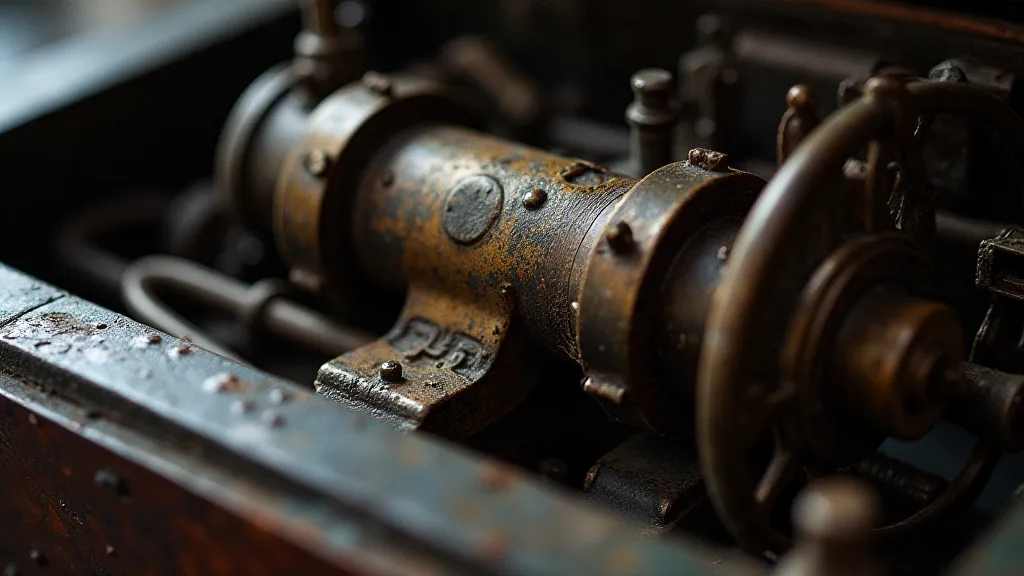
More Than a Hobby: A Legacy of Creativity
Creating miniature dioramas and shadow boxes is more than just a hobby; it’s a way to connect with the past, to express your creativity, and to create lasting legacies. These tiny universes are testaments to the power of imagination and the enduring human desire to create beauty and meaning in the world. So, gather your materials, unleash your creativity, and begin mapping your own memories – one miniature world at a time.
